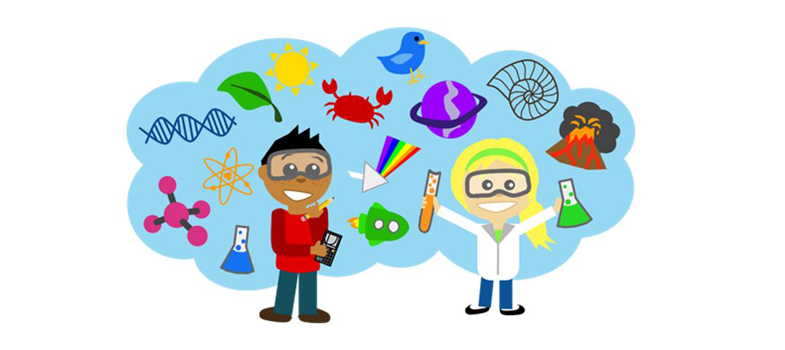2.7 Understanding different types of unconscious bias
Aspects of unconscious bias
We’re going to look now at common ways in which specific types of unconscious bias can influence our behaviour. As you can see, there are a range of different biases that have an influence on our behaviour. Common biases, which will apply to just about everyone in some way, include:
Affinity bias: or ‘in-group bias’ means being biased towards people who make us comfortable or people who we think are like us. The opposite effect is ‘out-group bias’.
Bandwagon effect: is a bias that appears because we often make decisions primarily because other people do, regardless of our own beliefs, which we may ignore or override.
Confirmation bias: we have a natural tendency to be selective in the evidence we listen to and the evidence we disregard, as well as how we interpret evidence, based on stereotypes and our previous opinions and experience.
Salience bias: is our tendency to use the most easily available information or traits when we make a judgment about a person or a situation.
Stereotype threat: is a bias that affects our own behaviour based on other people’s stereotypes rather than our own. It describes the condition where we behave, or feel that we might behave, in a way that confirms a negative stereotype about a group that we belong to.
Have a think about the different types of bias, and in your learning log, note one or two that you think might apply to your behaviour in some situations.
We’re going to focus on two types of unconscious bias in particular, confirmation bias and stereotype threat, as these can play a particularly important role in classroom settings, both for teachers and pupils.
2.6 What does this mean for classrooms and in schools?
